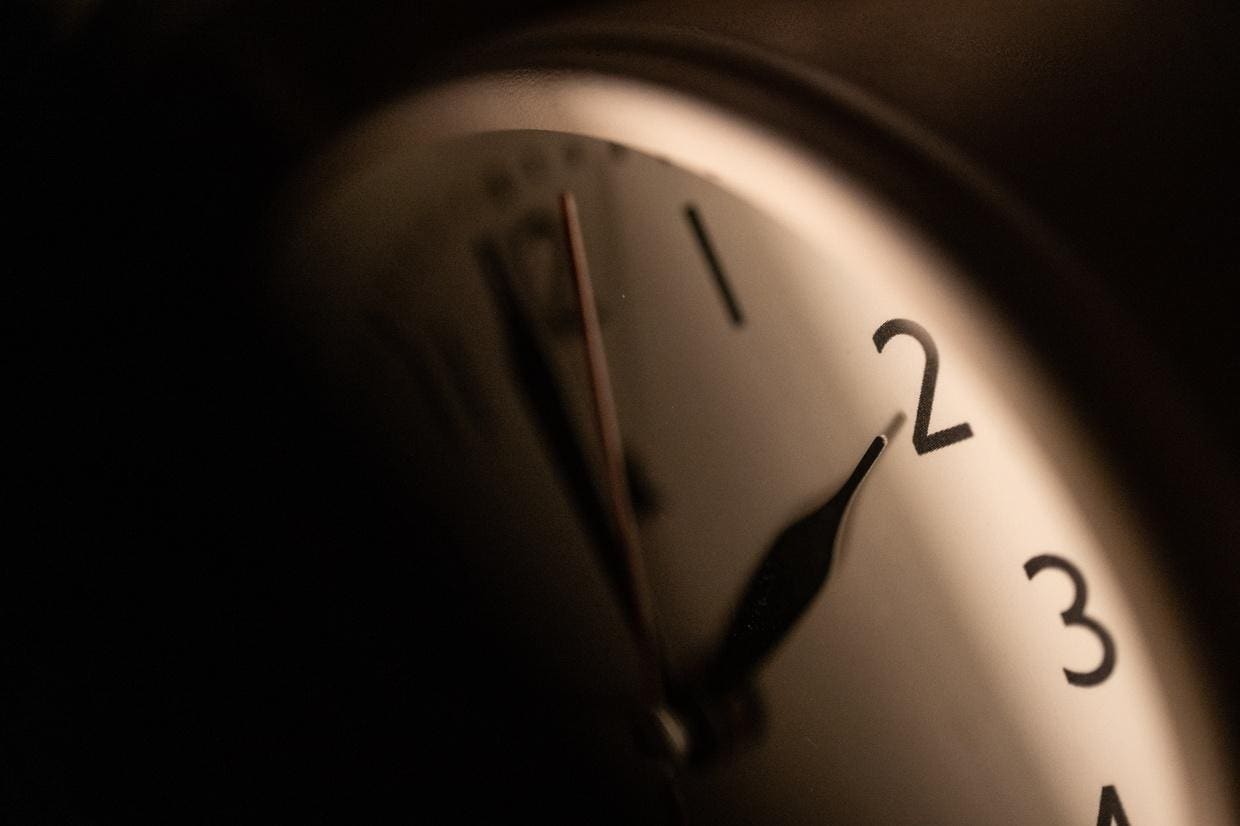In most of the U.S. and Canada, the clocks will go back at 2:00 a.m. to 1:00 a.m. this Sunday, November 5. It sees the end of Daylight Saving Time, effective since March 12, and a return to standard time.
It will be lighter earlier in the morning and darker earlier in the evening. The changes do not apply to Hawaii and nor to most of Arizona. However, the Navajo Nation in northeastern Arizona uses DST just like the rest of the contiguous U.S.
Here’s everything you need to know—including an astronomical explanation that includes Halloween:
Spring Forward, Fall Back
One way to remember what clocks do and in which season is the mnemonic, “Spring forward, fall back.” The main noticeable effects for most people will be that sunrise and sunset will be an hour earlier and an extra hour in the day.
The coming “fall back” to standard time is often said to bring everyone “an extra hour in bed,” though anyone with children and pets will disagree, as will those working an extra hour during a night shift. For many, the change is disruptive, and it can cause insomnia because humans’ circadian rhythms have a 24-hour cycle, according to the Sleep Foundation. However, that mostly refers to March (when the change means losing an hour) than November, when the adjustment is generally easier.
Why We Have Daylight Savings Time
The point of daylight savings is to bring more daylight to summer evenings, thereby saving energy. In Washington D.C, for example, there are 15 hours of daylight in June, with the earliest sunrises—if there was no daylight savings—occurring long before 5:00 a.m.
It was first used during World War I, with the U.S. first adopting it in 1918 and standardizing it in 1966, according to Reuters.
As the days get shorter and winter approaches in the northern hemisphere, it’s necessary to revert to standard time, again to add an hour of sunlight to the end of the workday, according to National Geographic.
An Astronomical Explanation
There’s a reason why countries near the equator don’t swap between standard time and daylight savings while those in the north or south do. It’s all down to the fact that our planet spins on an axis tilted by 23.5º. The result of that is the seasons, with the two hemispheres experiencing drastically different amounts of sunshine—and day lengths—during one orbit of the Earth around the sun. The farther you travel north or south from the equator (where daylight last about 12 hours all year), the more significant the difference between day length in summer and winter.
It’s no coincidence that the end of daylight savings comes just a few days after Halloween, which is a cross-quarter day halfway between September’s equinox and December’s solstice. It marks the halfway point of fall or autumn.
When Standard Time Will End
From Sunday, standard time will be in operation until Sunday, March 10, 2024, according to Timeanddate.com (when clocks will turn forward from 01:00 a.m. to 2:00 a.m.).
In Europe, the change from daylight savings happened last Sunday, October 29, 2023, with standard time in operation until Sunday, March 31, 2024.
Wishing you clear skies and wide eyes.
Read the full article here





